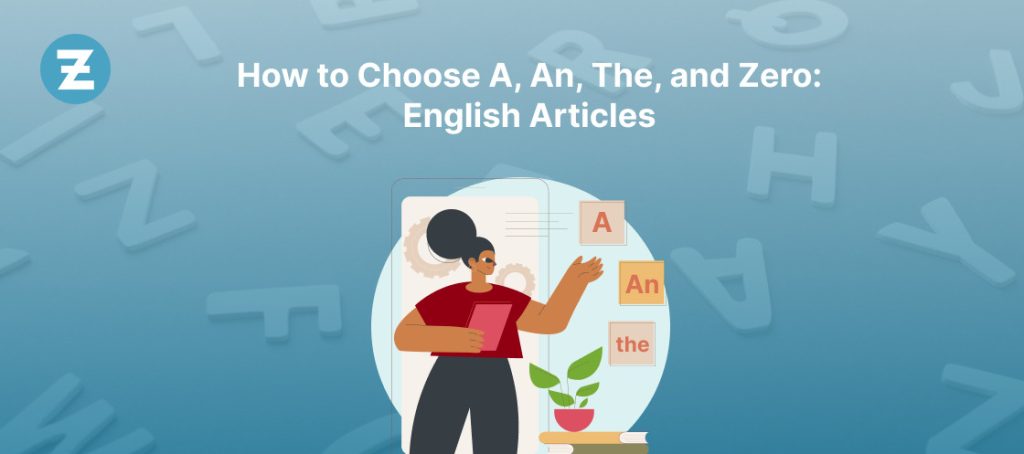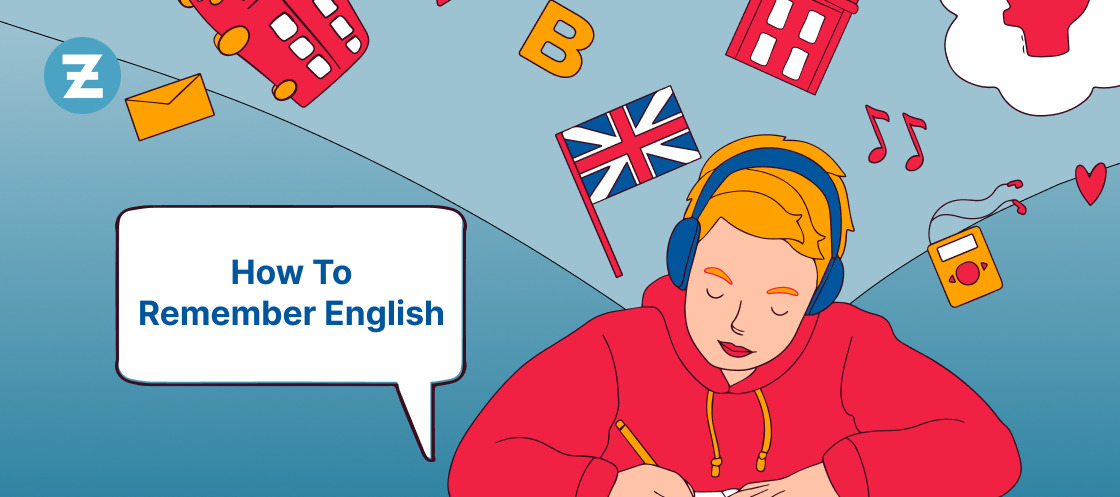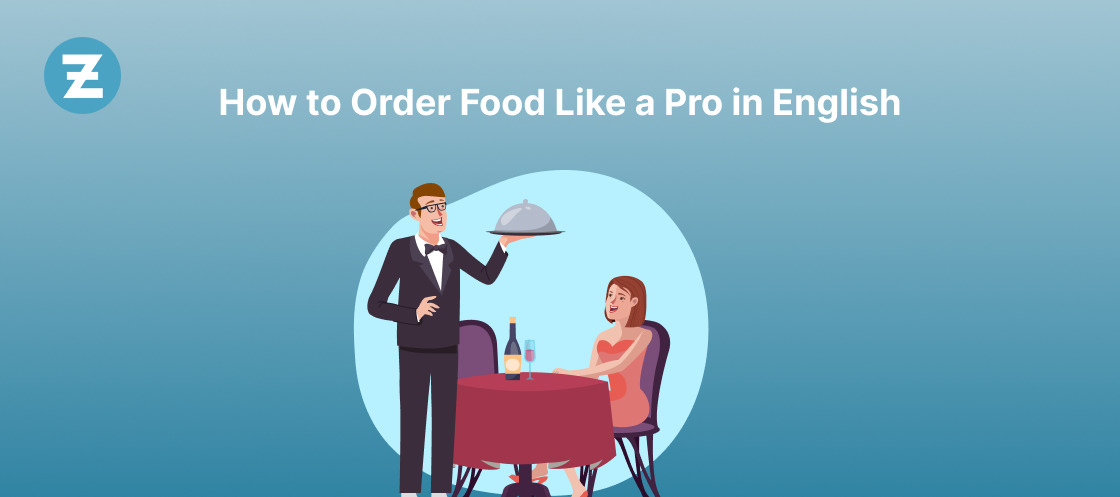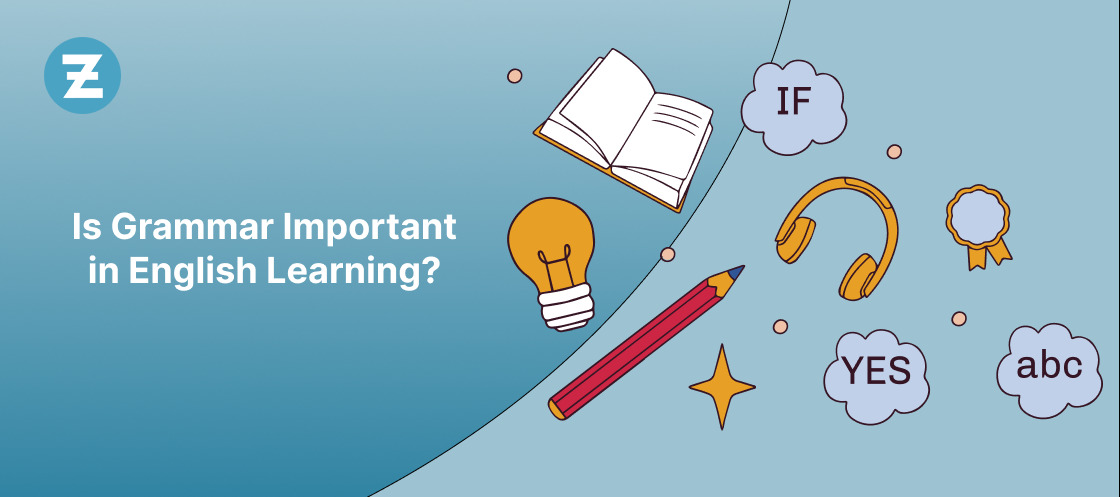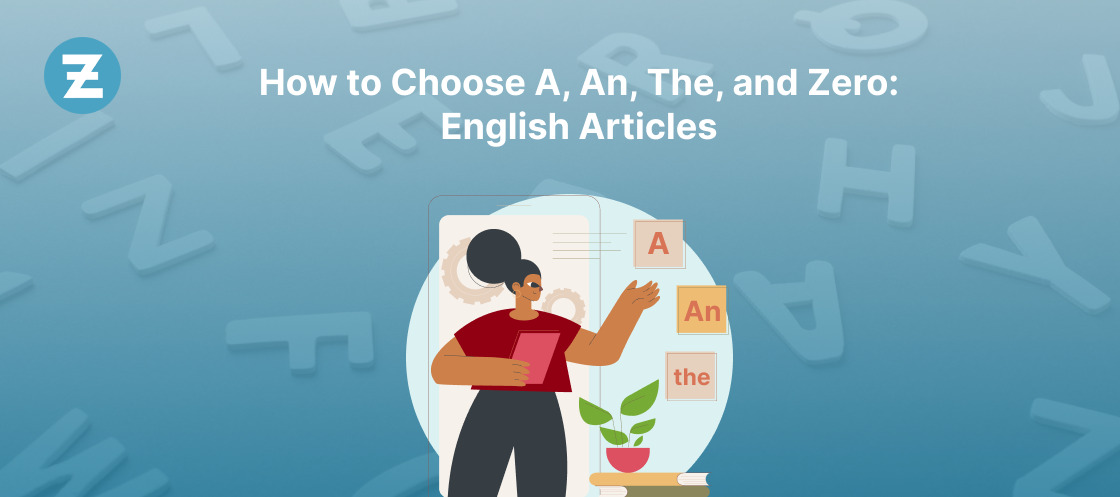The task of learning English can be very challenging, especially with regards to articles. You may think that the difference between “a,” “an,” “the,” or not having an article at all is a minor detail, but this can have serious effects on the sense and the comprehensibility of a sentence. This article will look at English articles in detail and give you a better understanding of how to choose the right article for each situation.
Introduction to English Articles
Before we dive into the fine details of English articles, let’s have a quick look at what is involved. Articles are tiny words that come before nouns and provide more information about their definiteness. They may not look so important, but mastering how to use them in English is vital for effective learning of the language.
Now, what do we mean by English articles? These are a kind of determiner that helps to specify the noun they go with. The three primary articles used in English are ‘a’, ‘an’, and ‘the’, but sometimes no article is necessary. Knowing when to use each article and when to omit it can be difficult; however, that is why we are here for you.
Articles are found before nouns that they determine, providing important hints on what type of noun it is. For example, the indefinite article ‘a’ or ’an’ is used before singular countable nouns, showing that the noun is not specific or particular. On the other hand, the definite article ‘the’ is used before a particular noun, indicating that it has been mentioned previously or is already known by the reader.
Read also: Present or Past? Let’s Make Tenses Easy and Error-Free!
The Indefinite Articles ‘A’ and ‘An’
Knowing the correct times to use ‘a’ and ‘an’ is crucial. This depends on whether or not the next word begins with a consonant or a vowel sound, respectively. For instance, if we have the word “elephant” starting with a vowel-like sound, then we will have “an”; otherwise, if the initial sound is consonant-like, as in “bike,” we get “a.” This last rule applies too when you are naming sounds like ‘h’ or ‘u’.
However, there are some exceptions, such as university, which, despite beginning with ‘u’, has a consonant sound; hence, it should be ‘a university’.
Usually, ‘a’ refers to singular nouns that start with consonants, while ‘an’ refers to singular nouns that start with vowel sounds or the silent letter ‘h’.
You can now understand better how ‘a’ and ‘an’ indefinite articles work with different kinds of nouns. Keep practicing to enhance your skill in choosing articles and upgrade your English learning ability.
The Definite Article ‘The’
‘The’ is the definite article that we use when we want to specify a particular noun or talk about something that has already been mentioned. It is important to understand how and when to use it since this can greatly improve your English skills. This one will focus on the different uses of ‘the.’
Using ‘the” with singular nouns
When a noun is specific or known to both the speaker and the listener, “the” is used with singular nouns. As an example, “I saw the cat outside our house.”
Using ‘The’ with Plural Nouns
When we are talking about a particular set or bunch of things, “the” is used with plural nouns. For instance, “The books on the shelf belong to the library.”.
Using ‘The’ with Superlative Adjectives
To mean the highest degree or quality of something, “the” is used with superlative adjectives. As an example, “she is the most talented dancer in the troupe.”
Using ‘The’ with Unique Objects
Uniquely identifiable objects like geographical features, historical landmarks, and buildings are preceded by ‘the’. For example, “The Statue of Liberty stands tall in New York City.”
Zero Article: When No Article Is Needed
The English language is confusing, and the use of articles in it is also confounding. Although the words ‘a’, ‘an’, and ‘the’ are commonly used before nouns, there are instances where no article at all is used, which is referred to as “zero article”. It shows competency for a language’s user to be able to know when to avoid articles, thereby improving the clarity of your writing. Continue reading to understand more about this concept and the practice of selecting articles.
Zero Article is usually used in these situations:
- With general nouns
- With plural and uncountable nouns when making general statements
- With personal titles or names followed by a family name only
- With some prepositional phrases and expressions of quantity or measurement
Let us now look at each of these situations:
General Nouns
In general, zero articles are used to refer to the whole class. For instance, “Dogs are loyal animals” or “Cars need fuel to run.” Here, these two words (dogs and cars) do not refer to any specific objects in particular, hence no article is added.
General Statements about Plural and Uncountable Nouns
When talking generally about plural or uncountable nouns, we commonly use zero articles. Some examples include “Water is important for our health” and “Apples are a healthy snack.” In these two cases, the words ‘water’ and ‘apples’ stand for the general concepts rather than the specific things, thus different from other cases where people would be expected to use articles.
Personal titles or names followed by a family name only
Zero articles are used when addressing individuals using their professional or personal titles followed by their surname. For example,” professor Smith” or “doctor Jones”.
Prepositional phrases and expressions of quantity or measurement
Some prepositional phrases and expressions of quantity or measurement do not use an article. For instance, “by boat” and “ten feet tall.” It is common to use no article with expressions of distance, weight, and monetary units.
Your understanding of when to use a zero article will improve your ability to communicate effectively in English. Dedicate time to practice so that you become skilled in the usage of articles.
Understanding Article Usage with Singular and Plural Nouns
Picking out the right article for singular and plural nouns can be tricky, but it is important when it comes to effective learning of the English language. Let us go through the rules so as not to misuse them.
Singular Nouns
For a particular single item, ‘a’ or ‘an’ is used depending on the situation. To illustrate, ‘the horse’ refers to a specific horse, while ‘a horse’ means any horse. For an unspecific noun in the singular form, use ‘a’ or ‘an’. A case in point of this is “an apple a day,” which means any apple and not just one.
Plural Nouns
When referring to specific plural nouns, we use the definite article ‘the’. For example, “the horses” refers to specific horses. However, when referring to plural, nonspecific nouns, there is no need for an article. As an illustration, “Cats are great pets” talks about cats generally but not individual cats.
Whenever many nouns are being referred to, instead of using “a/an/the,” we can use “some.” For instance, some dogs bark loudly.
It’s worth noting that for some singular nouns, they can be used with ‘the’ so as to represent a general category. For example, one can refer to any dolphin as ‘the dolphin” when talking about them in terms of species.
Articles with countable and uncountable nouns
In English articles, the use of countable and uncountable nouns is crucial. Consider objects and concepts that can be counted as countable nouns, while abstract ideas or substances that cannot be counted are considered uncountable nouns.
For instance, when referring to a singular noun, countable nouns take an article ‘a’ while vowels commencing countables get “an.”
However, uncountable nouns do not use ‘a’ or ‘an’. Instead, they take up the definite article ‘the’. For example, water is an uncountable noun; therefore, it is wrong to say water or water. Instead, you would say the water or just water.
Specificity and Context in Article Usage
The right choice of English article is not only a matter of grammar but also one of specificity and context. Specificity refers to how clear a noun is, while context refers to the words and phrases surrounding it that provide additional information.
If the noun is specific and has clear boundaries, then it becomes easier to ascertain the article to use. For example, the statement “I want to buy a car” will be in an indefinite article as there is no specification of the noun “car.” On the other hand, if we say, “I want to buy the car,” we are now talking about a particular one that needs the definite article “the.”
Context can help determine which article is correct. For example, in saying, “I saw a man on the street,” we used an indefinite article because we were introducing this noun for the first time. However, if we say, “The man I saw yesterday was wearing a red hat,” in this case, definite articles are used as they refer to specific beings that have been mentioned before.
Always remember that a common noun can have different articles depending on its specificity and the context being applied.
Knowledge of specificity and context serves as a basis for understanding how to use articles better in the English language in order to effectively communicate.
Read also: How to Ask for and Give Directions in English
Usage of Articles in Different Tenses and Verb Forms
The English language has a distinct place for articles, whose usage may differ from one tense to another. Choosing the right article according to the right verb form and tense is important for clear communication to occur.
Now, let’s think about the present tense and how it is used with definite and indefinite articles. Singular countable nouns should be preceded by an indefinite article ‘a’ or ‘an’, like a pen or an apple. The definite article ‘the’ is used before singular countable nouns that are specific or unique, such as the sun or the moon. There is no article in plural countable nouns denoting any indefinite member of a group, e.g., cars are vehicles, while in other plural countable nouns indicating a specific group, we use the definite article “the,” e.g., the cars in the parking lot.
However, when referring to uncountable items themselves, one should not use articles, e.g., water is essential for life. It can take on the general nature of an uncountable item referred to using the word “the”—this water containing lead.
The English language is ruled by standards and systems that must be learned in every element. To achieve fluency in English, one must have a firm grasp of grammar, syntax, and vocabulary development, which includes the correct and confident use of articles in appropriate tense and verb form. Keep practicing and reviewing so as to become perfect at this important part of the English language.
Conclusion
Mastering English articles is crucial for effective communication. Learn when to use ‘a’, ‘an’, ‘the’, or no article to enhance clarity. Consistent practice is key to perfecting your article skills. Utilize practice exercises to further improve proficiency, considering nuances in specificity, context, tense, and verb form. Despite challenges, dedication and practice can lead to success in learning English articles. Enhance your language skills with the ZoundsLike app – your go-to resource for improving English. Download the app now to elevate your language learning journey.
FAQs:
Q1. How do I choose between ‘a’, ‘an’, ‘the’, or no article?
Choosing the correct article depends on the specificity, context, and type of noun you are referring to. It’s important to understand the rules and exceptions associated with each article to make the right selection.
Q2. What is the difference between ‘a’ and ‘an’?
The choice between ‘a’ and ‘an’ depends on the sound that follows the article. ‘A’ is used before words start with consonant sounds, while ‘an’ is used before words begin with vowel sounds.
Q3. When should I use ‘the’?
‘The’ is used to refer to a specific noun or when we are talking about something that has already been mentioned. It is also used in general statements or when there is only one of something in existence.
Q4. How do articles differ with singular and plural nouns?
Articles have different rules when it comes to singular and plural nouns. Generally, singular nouns require an article (either indefinite or definite), while plural nouns usually do not require an article.
Q5. Do countable and uncountable nouns affect article usage?
Yes, countable and uncountable nouns can influence the choice and usage of articles. Countable nouns usually require an article, while uncountable nouns often do not require an article unless they are being specified in some way.


